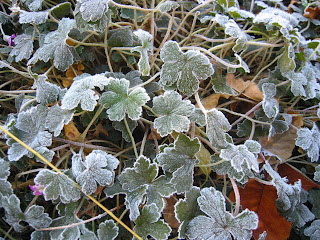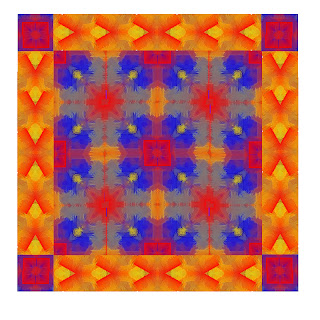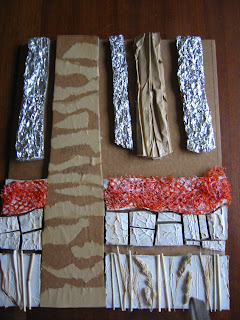I first had a go at batik at art school in the 1960s, and have done it occassionaly over the years, but not for ages. The local patchwork shop, Puddleducks in Sevenoaks, does lots of workshops and classes, and I signed up for a one day workshop on batik.
The morning was spent making a sampler, using undressed cotton lawn, and exploring the various ways of mark making with the wax - all sorts of brushes, including a toothbrush, and even a dishwashing brush, as well as tjantings. The second and third squares in the second row were just waxed all over. We then painted the squares with procions dyes , using light colours.
Once it was dry, we rewaxed. The third square in the second row was etched into to create the lines. Then we dyed again, this time using stronger colours.
We then waxed it all over, crumpled it as much or as little as we wanted, to crack the wax. The second square in the second row was crumpled quite heavily. Then the whole thing was put into a dark blue dye bath.
The final process is to iron off the wax, with the batik between several layers of newsprint. Eventually, after several changes of paper, most of the wax comes out.
The second piece is based on a drawing I did in France in September, whilst I was sitting by the pool - well someone has to do it! The view was a series of stripes, 3 or 4 in the pool itself, the fields, the trees and the hills beyond.
This was done very quickly, without a great deal of thought - normally I like to give things a bit of thought. The original drawing was much narrower than this, and I think I might select part of the left side and mount it.
The class has certainly rekindled my interest in batik - I love the immediacy and the simplicity of batik - but I'm struggling to find undressed cotton lawn. Any suggestions would be appreciated.






































